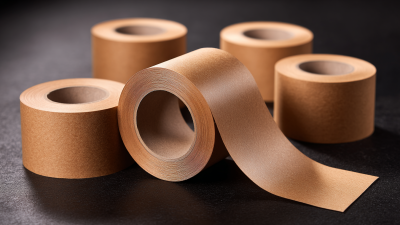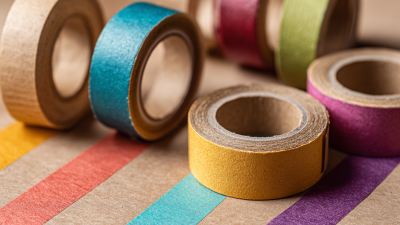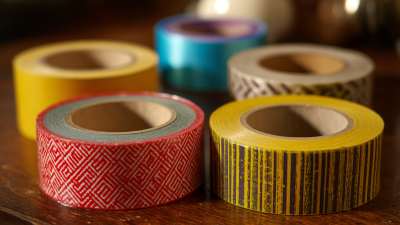Leave Your Message
-
Phone
-
Email
-
Whatsapp


In recent years, the demand for environmentally friendly packaging solutions has surged, and one standout option gaining traction is No Residue Kraft Tape. This innovative tape not only meets the growing sustainability criteria but also ensures that surfaces remain clean and residue-free after use, making it a favorite among consumers and businesses alike.
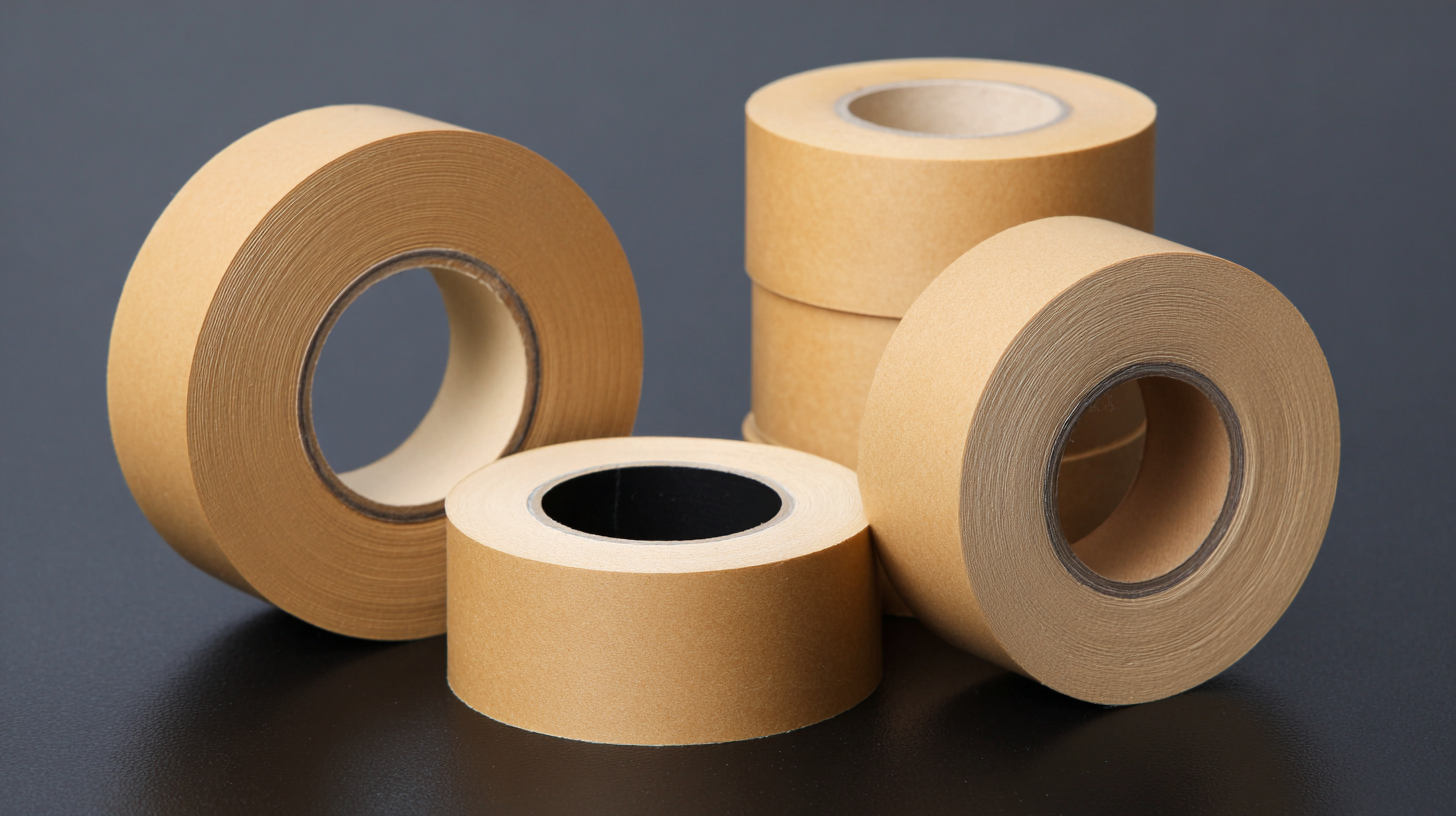
As we delve into the science behind No Residue Kraft Tape, it becomes increasingly apparent why this product has become a staple in various industries, from e-commerce to manufacturing. This guide will explore the unique properties and benefits of No Residue Kraft Tape, offering tips on its best applications and demonstrating its role in enhancing sustainability efforts.
By understanding the underlying technology and market trends, businesses can leverage No Residue Kraft Tape to meet customer demands while minimizing their ecological footprint.
No residue Kraft tape has gained significant attention in various industries due to its unique composition and functionality. Made from natural Kraft paper and coated with a specially formulated adhesive, this tape offers a blend of strength and removability. The adhesive is designed to provide a strong bond while ensuring that it does not leave behind any sticky residue upon removal. This property is particularly valuable in applications where surface integrity is paramount, such as packaging, crafts, and temporary fixings.
Functionally, no residue Kraft tape excels in providing reliable performance without compromising the cleanliness of surfaces. Whether used for sealing packages or crafting projects, its ability to adhere well while remaining easy to remove has made it a preferred choice for many consumers. Moreover, since it is biodegradable and made from renewable resources, it appeals to environmentally conscious users. As demand continues to grow, innovations in the adhesive technology are likely to enhance its applicability across a broader range of uses, from everyday household tasks to industrial applications.
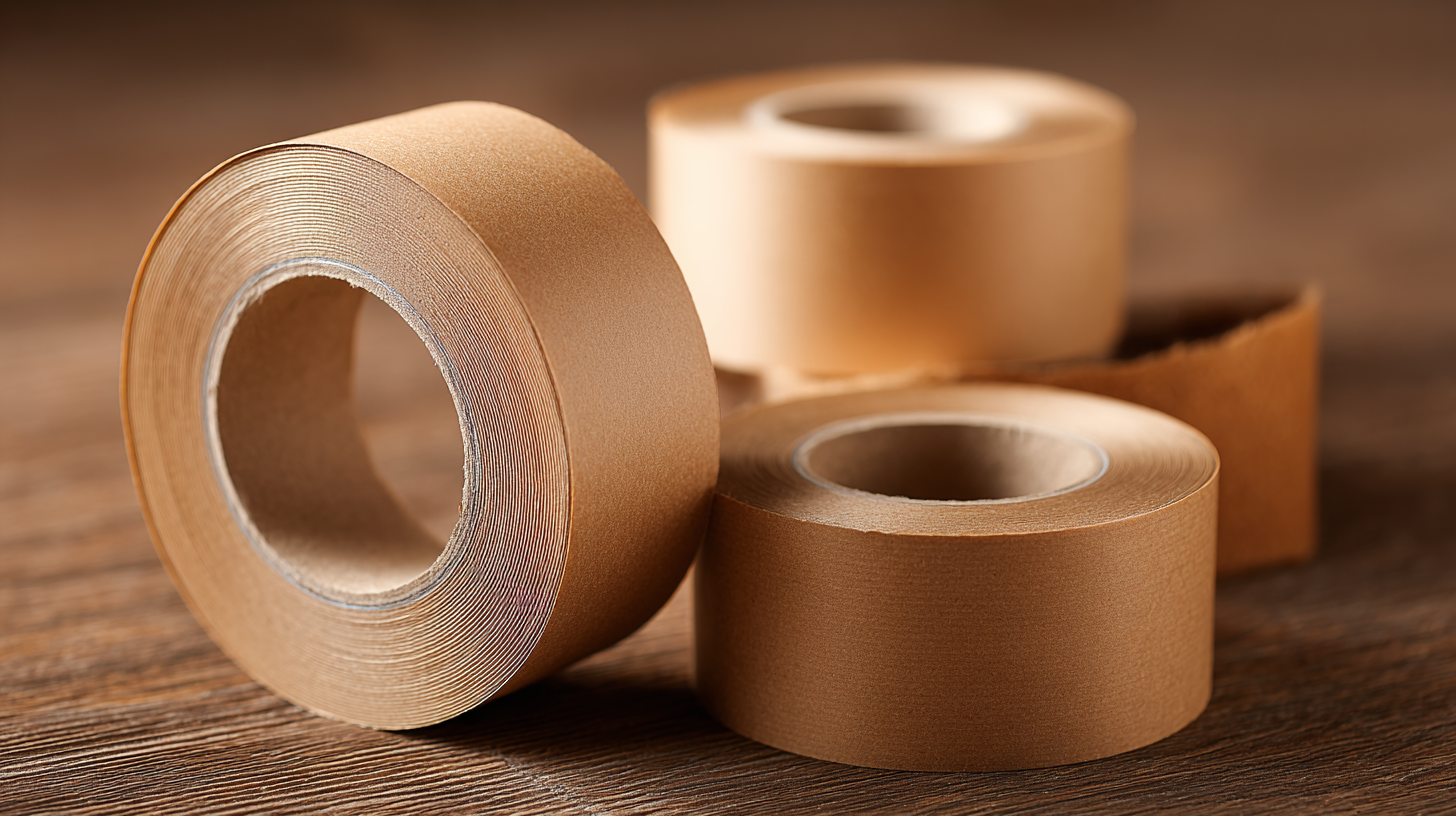 No residue kraft tape has gained significant traction across various industries due to its unique benefits. One of the most appealing features is its ability to adhere well while leaving no sticky residue after removal. This property is particularly advantageous in fields such as packaging, arts and crafts, and electronics, where clean surfaces are crucial. Moreover, the tape is eco-friendly, often made from renewable materials, which aligns with the sustainability goals of many businesses.
No residue kraft tape has gained significant traction across various industries due to its unique benefits. One of the most appealing features is its ability to adhere well while leaving no sticky residue after removal. This property is particularly advantageous in fields such as packaging, arts and crafts, and electronics, where clean surfaces are crucial. Moreover, the tape is eco-friendly, often made from renewable materials, which aligns with the sustainability goals of many businesses.
When using no residue kraft tape, consider these tips: First, ensure that the surface is clean and dry before application to maximize adhesion. Second, if you're using the tape for artistic projects, test it on a small area first to confirm compatibility with your chosen materials. Lastly, consider the thickness of the tape based on your specific needs; thicker tapes provide stronger support for heavier items, while thinner options offer flexibility for delicate tasks.
As industries increasingly prioritize eco-conscious practices, the demand for no residue kraft tape continues to rise. Its versatile applications combined with a commitment to sustainability make it a preferred choice for businesses looking to enhance their operational efficiency without compromising on environmental values.
The rising demand for eco-friendly packaging solutions is reshaping the landscape of various industries, particularly in the medical and packaging sectors. Consumers are increasingly prioritizing sustainability, driving innovation in packaging materials. For instance, organic cotton is gaining traction not only for its health benefits, such as temperate UV protection and antibacterial properties, but also for its potential applications in both packaging and medical settings. This trend aligns with the growing market for composite cardboard tube packaging, which is projected to reach $3.2 billion by 2034.
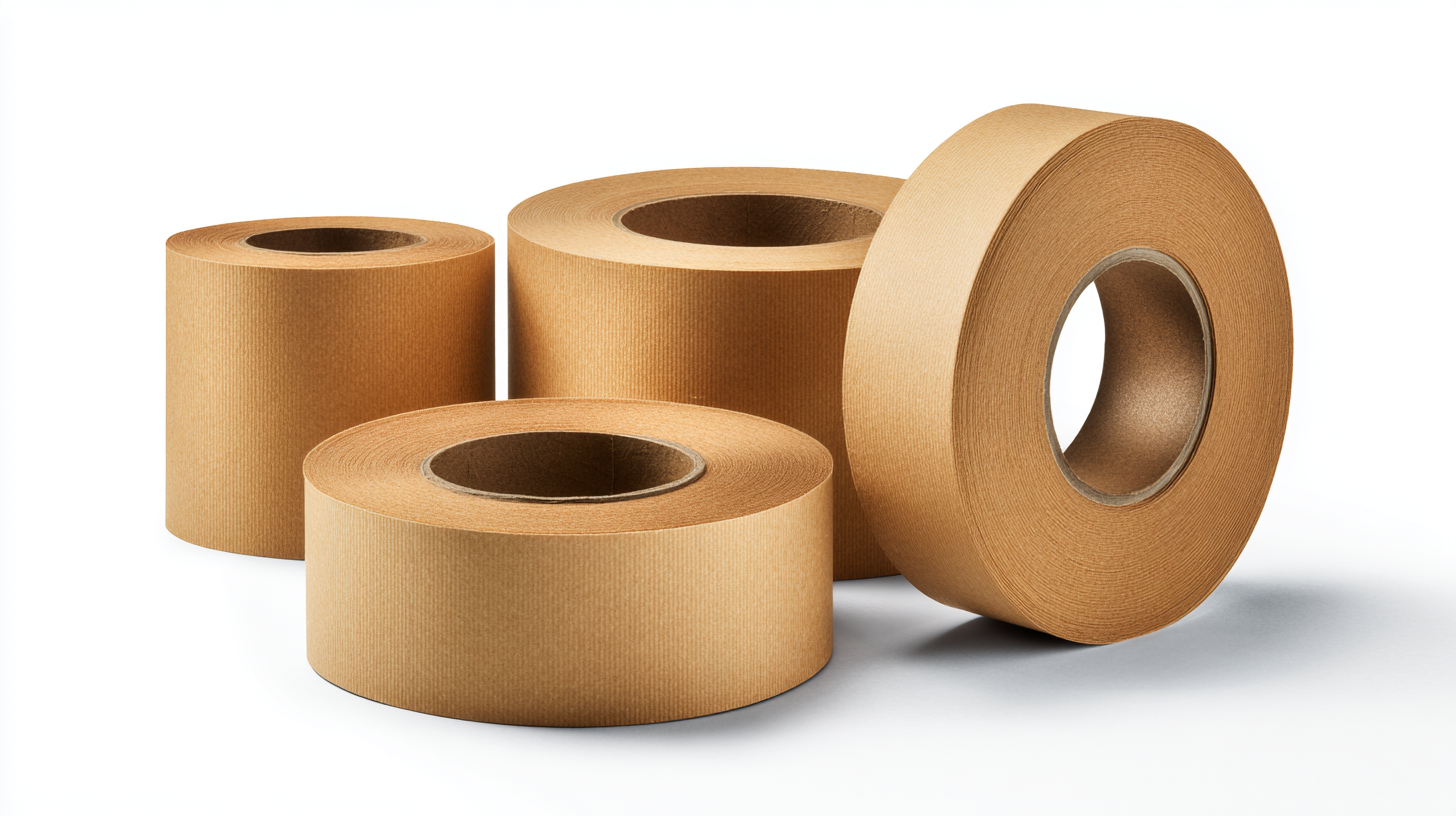
As eco-conscious consumer behavior takes center stage, the recycled materials packaging market is witnessing significant growth. Expected to reach $1899 billion by 2024, this market is forecasted to grow at a CAGR of 5.4% through 2034. The surging demand is a clear indicator of consumers' preference for sustainable packaging solutions, motivating companies to seek alternatives that minimize environmental impact.
Tips: When designing packaging solutions, consider incorporating biodegradable materials to align with market trends. Evaluating the lifecycle of your packaging options can also help in making more sustainable choices. Engage with customers on their preferences for eco-friendly options to stay ahead in this evolving market.
The comparative analysis between no residue kraft tape and traditional adhesive tapes reveals significant distinctions that cater to varying consumer needs. No residue kraft tape is designed to leave no adhesive remnants, making it ideal for applications where cleanliness and surface integrity are paramount. This feature is increasingly valued in industries ranging from packaging to art and crafting, where the appearance and condition of the surface are critical. In contrast, traditional adhesive tapes may offer stronger adhesion but can pose challenges when removal is necessary, often damaging the underlying material.
As the paper tapes market is projected to grow from USD 6.12 billion in 2025 to USD 9.33 billion by 2035, the demand for specialized products like no residue kraft tape is expected to rise along with it. This growth reflects a broader trend toward environmentally friendly solutions, as consumers become more conscious of the materials they use.
**Tips:** When selecting tape for your projects, consider the surface you’ll be working on. For delicate surfaces, no residue kraft tape is recommended. Additionally, if you require clean removal without damage, explore various brands to find the best quality products that suit your needs.
When choosing the right no residue Kraft tape for your needs, consider the specific application and surface type. For example, if you're using the tape on delicate materials like kraft paper, consider a tape with a lighter adhesive that will remove cleanly without tearing or damaging the surface. Additionally, check for temperature tolerance; some tapes perform better under extreme heat or cold, which is crucial for applications in diverse environments.
Another important factor is the width and thickness of the tape. A wider tape might provide better coverage and adhesion, while thinner options can be more versatile for intricate tasks. It’s also advisable to test a small section before fully committing, especially if the tape will be exposed to moisture or changes in humidity. By evaluating these characteristics, you can select a no residue Kraft tape that ensures a clean application while meeting your specific needs efficiently.
| Feature | Description | Market Demand (%) | Application Areas |
|---|---|---|---|
| Adhesive Type | Water-based adhesive for clean removal | 30% | Packaging, Crafting |
| Thickness | Typically ranges from 30 to 70 microns | 25% | Industrial, Home Users |
| Strength | High tensile strength for secure adhesion | 20% | Shipping, Moving Supplies |
| Environmental Considerations | Made from recyclable materials | 15% | Sustainable Packaging |
| Color Options | Natural brown or custom colors available | 10% | Arts and Crafts |
